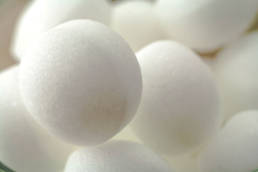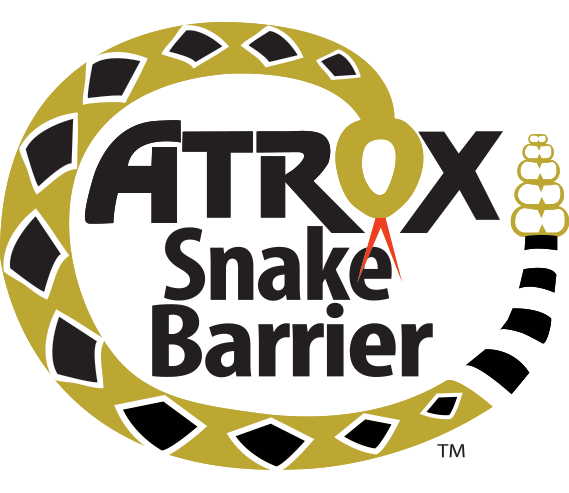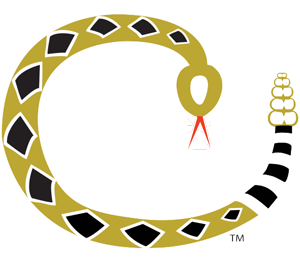Mothballs Are Not Snake Repellents
Mothballs are pesticides and are regulated by the EPA
Mothballs are pesticides. Mothballs intended use is to kill clothes moths and other pests associated with clothing destruction and skin irratations. Did you know that Mothballs are regulated in the United States by the Environmental Protection Agency(EPA)? Since Mothballs are labeled as a pesticide, the label indicates exactly how and where you can legally use the product. The use of mothballs in your home and yard in a way not specified by the label is not only illegal but can have detrimental effects on people, pets or the environment.
Please note that some mothballs currently for sale may be illegal, especially if imported without the proper oversight and labeling of contents.

Proper Use of Mothballs:
Typical Mothball label will direct users to place mothballs in a tightly closed box or container to prevent pesticide fumes from populating the air where people and pets will routinely be residing or breathing the fumes on a routine basis. Mothballs intended use is to kill cloth moths by saturating an airtight container with vapors released by the mothballs.
One of the most common mistakes is using mothballs in containers that aren’t airtight. This allows the toxic vapors to escape into the air and can lead to long-term exposure, which may cause health problems. When you smell mothballs, you are inhaling the pesticide.
The most common mistake is the use of mothballs as a deterrent in gardens or other outdoor locations to control insects, snakes or other wildlife. The National Pesticide Information Center states:
Using mothballs outside can harm children, pets and other animals. Mothballs used outdoors can also contaminate soil, plants and water.
The U.S. EPA classified naphthalene as a possible human carcinogen, also based on animal studies.

